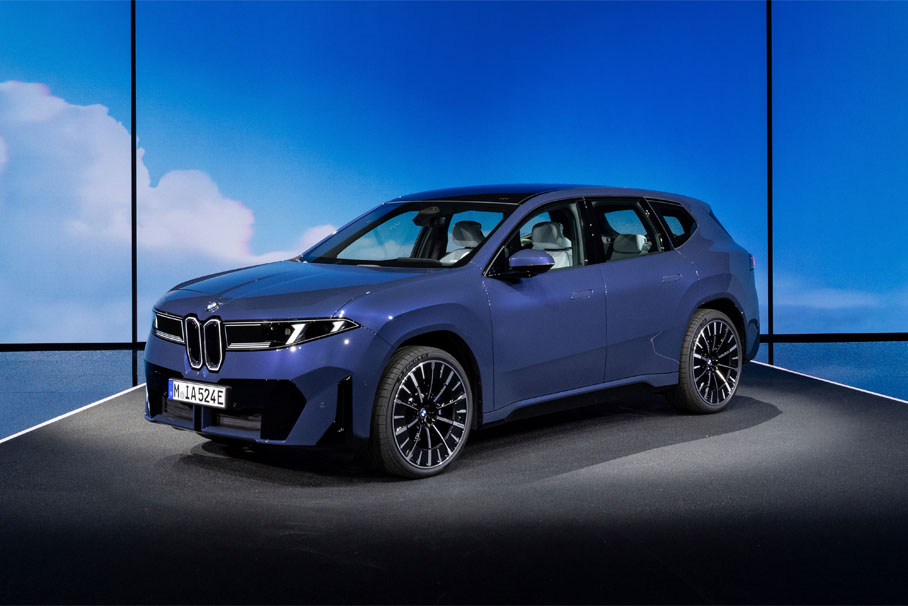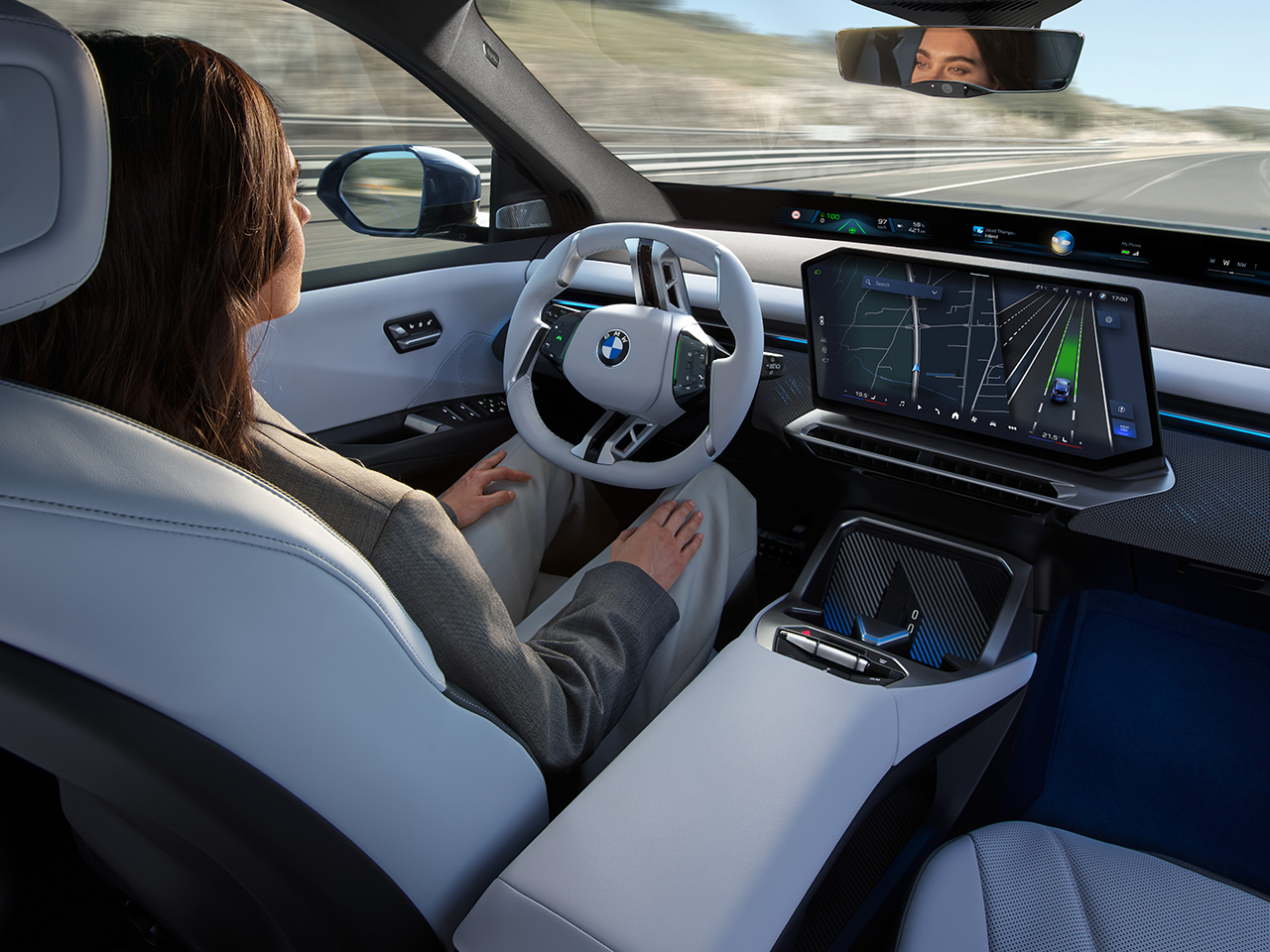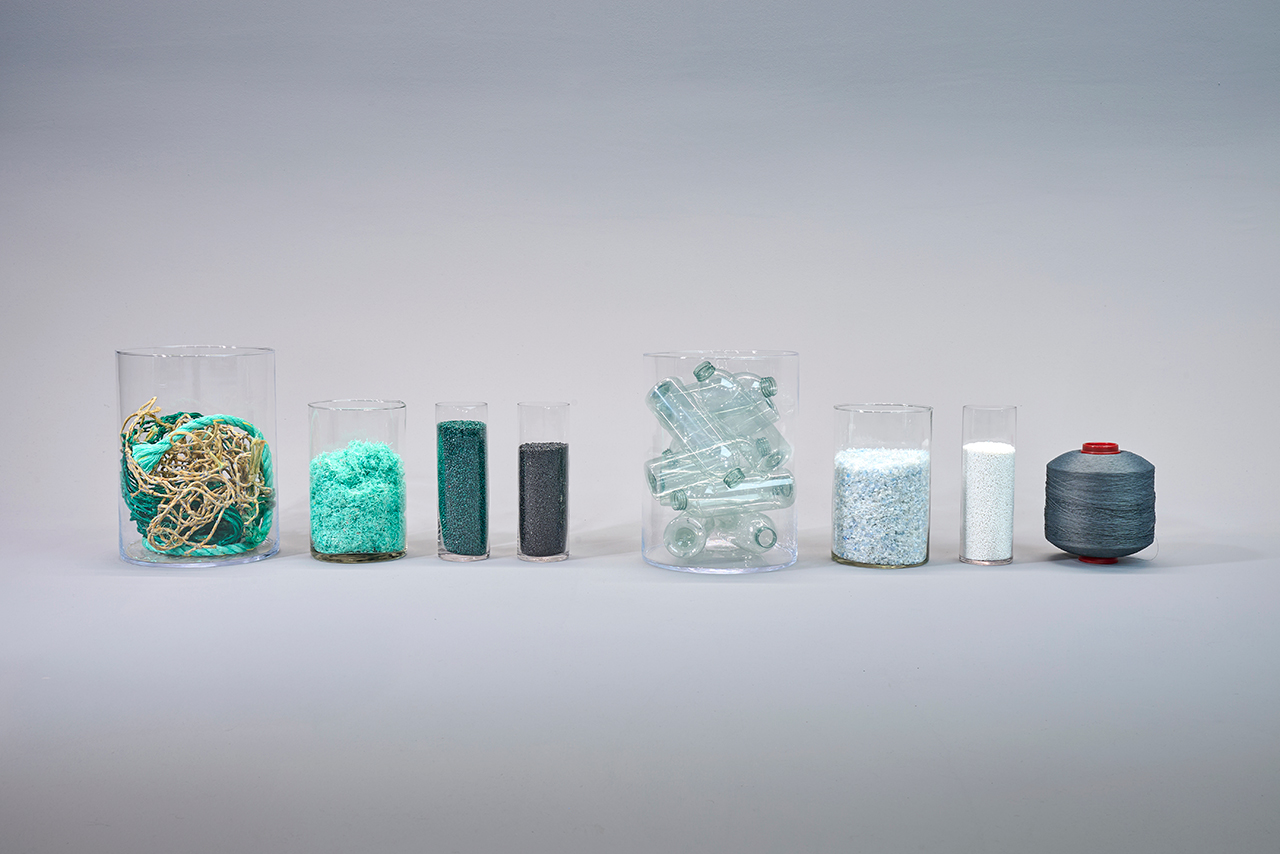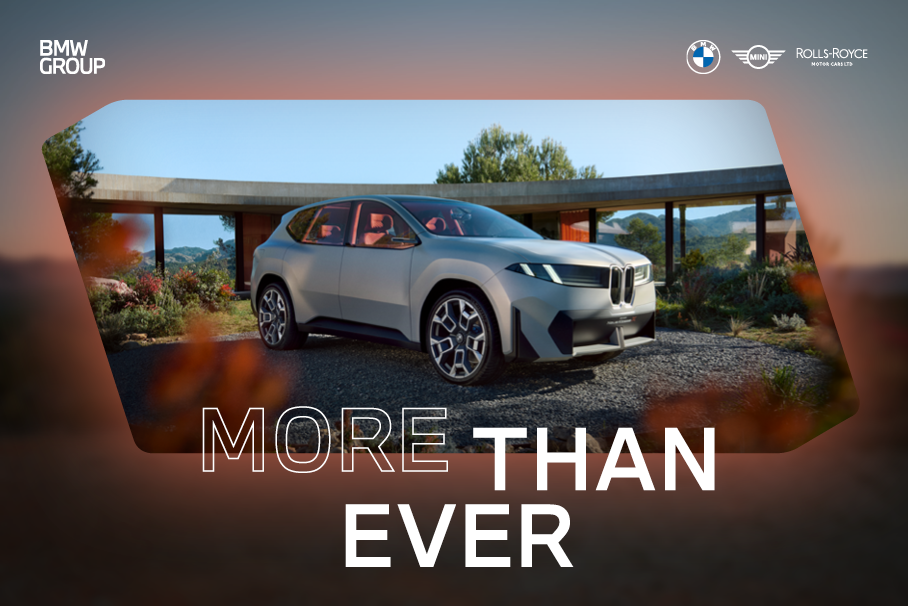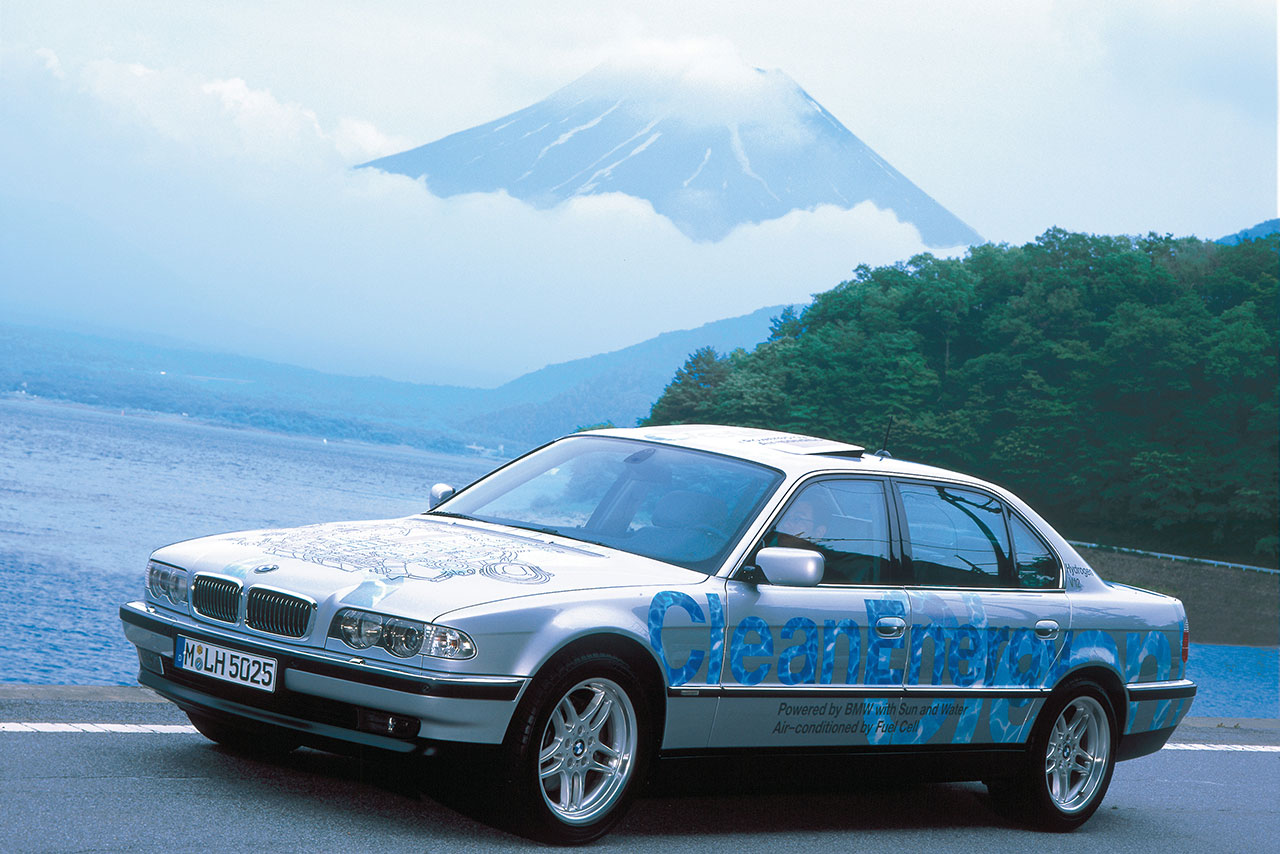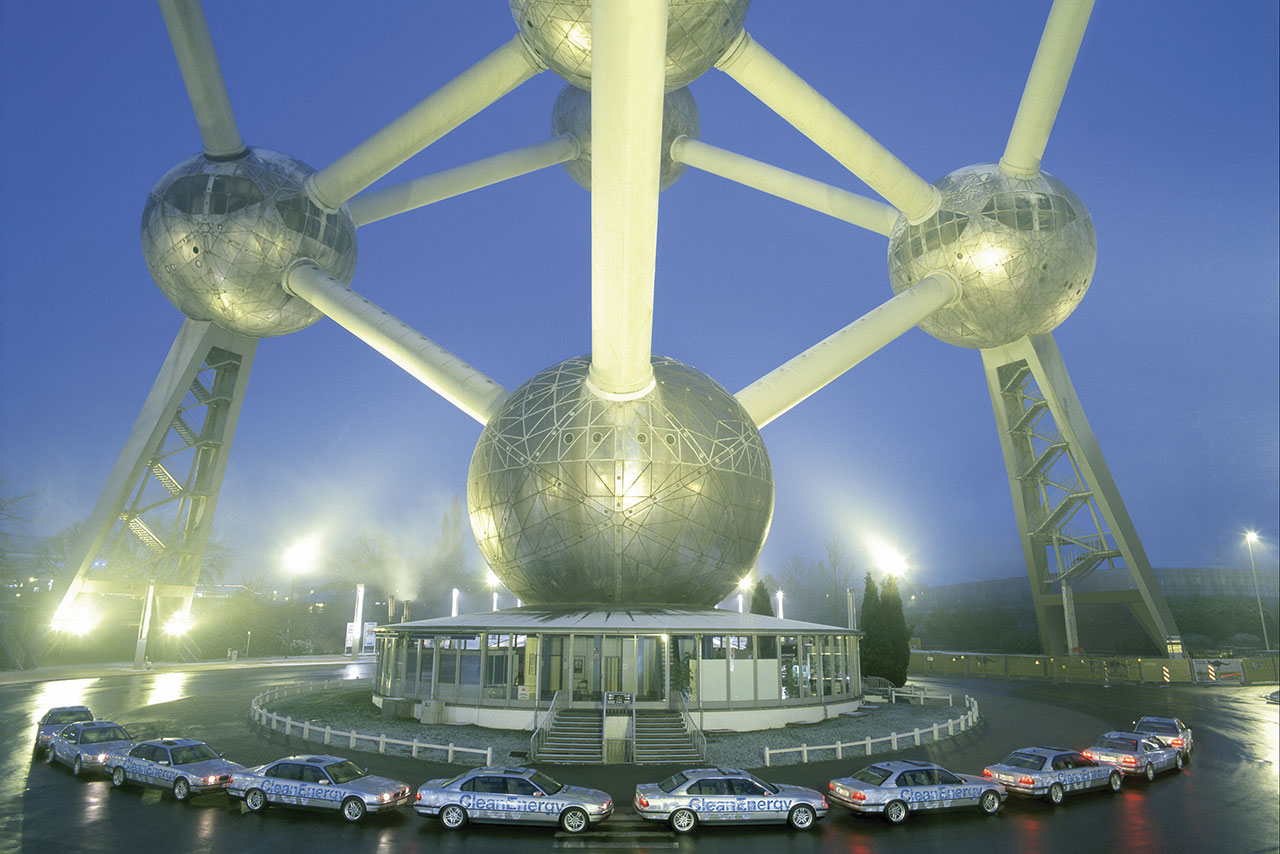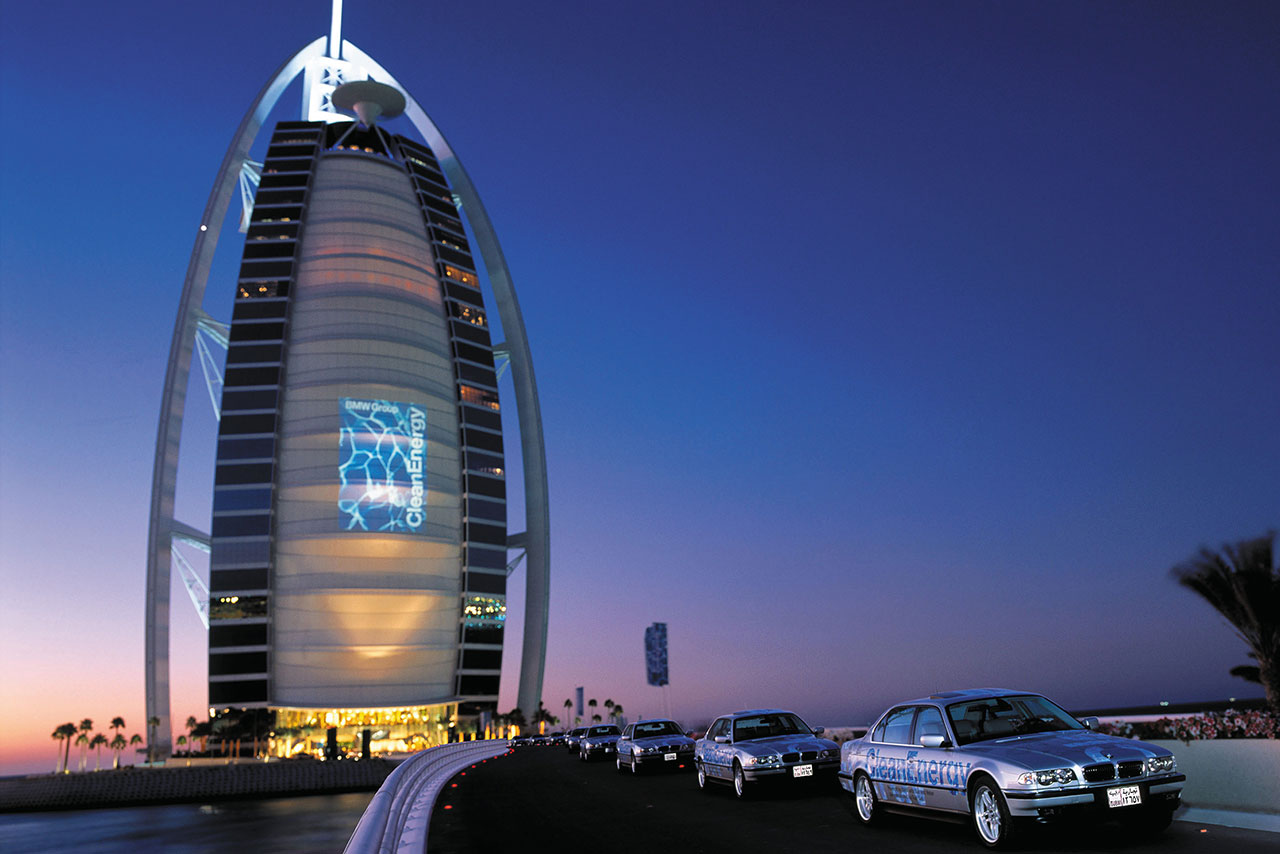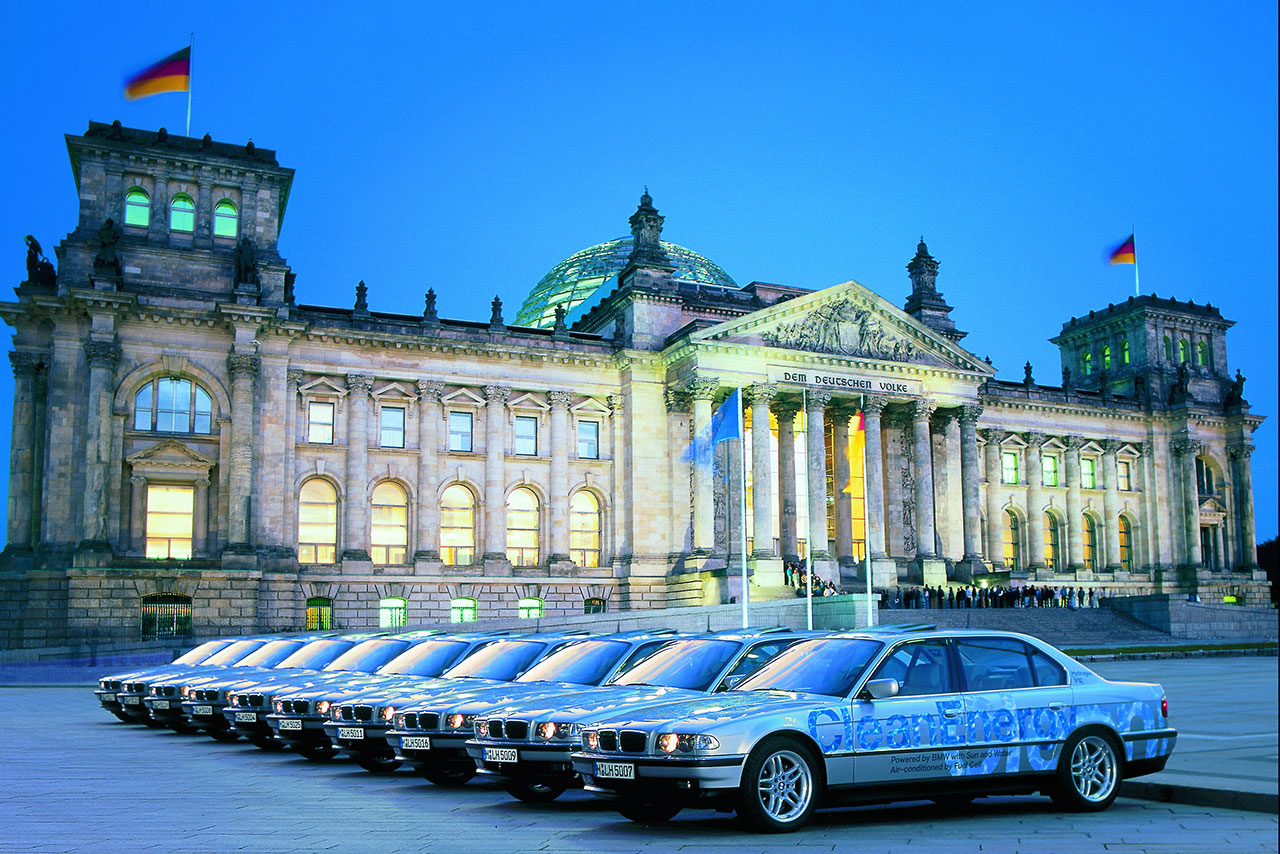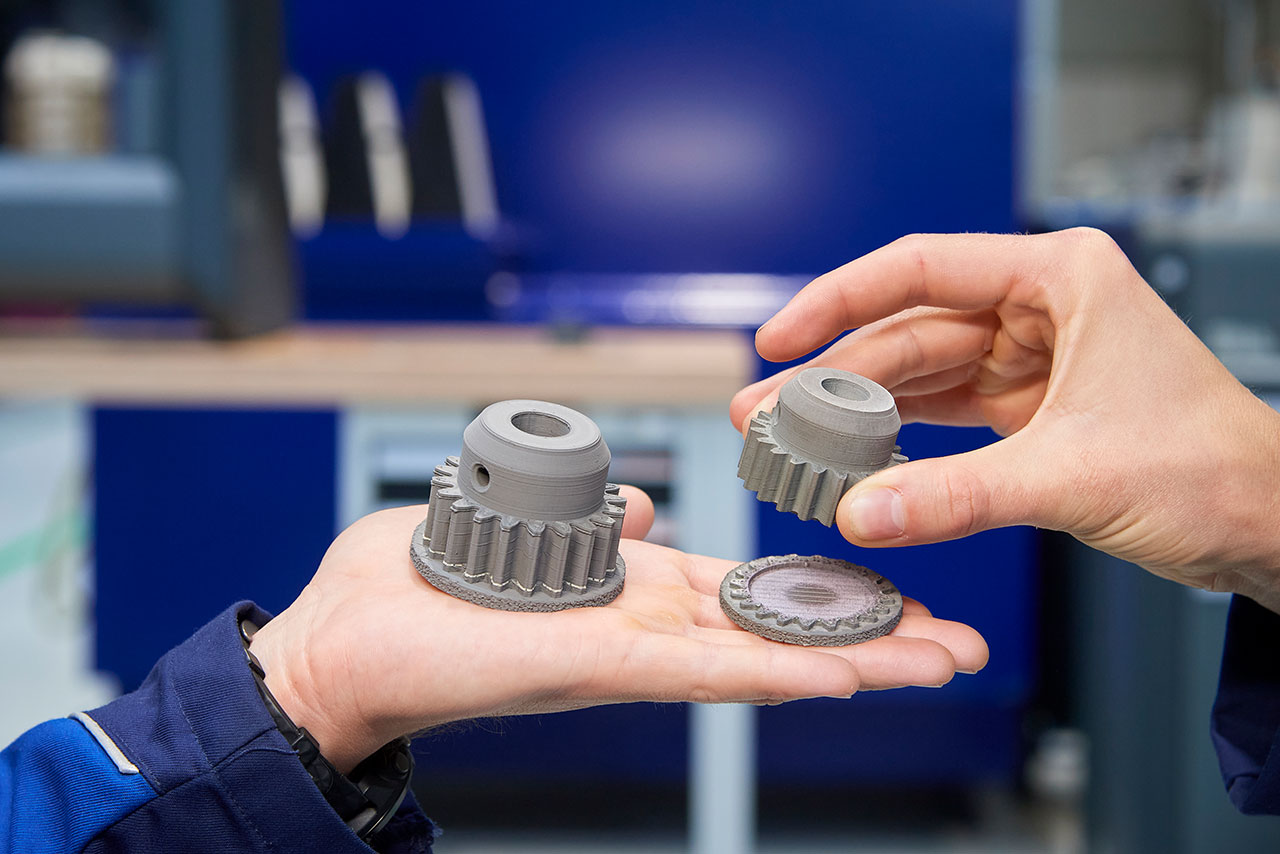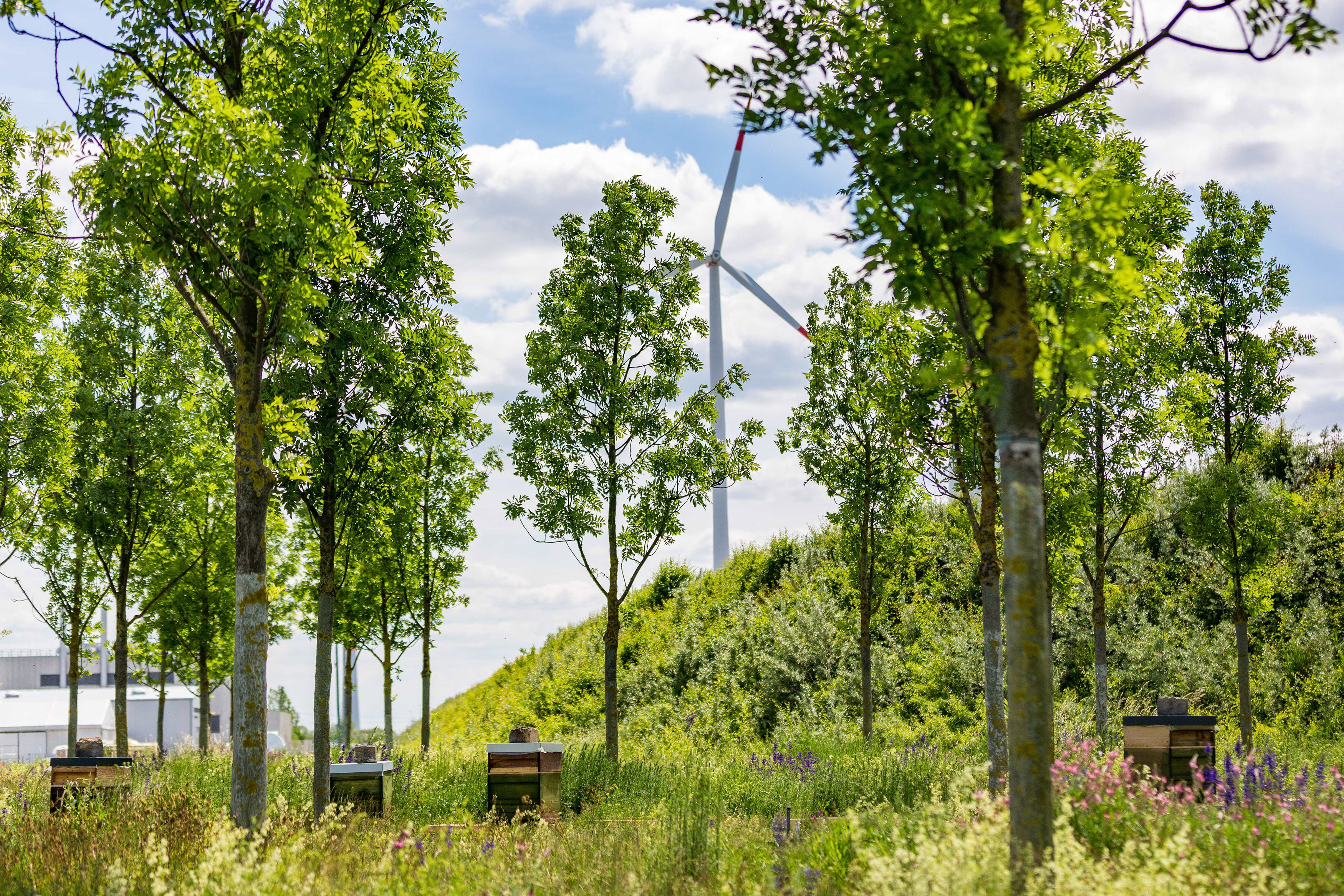Let’s begin with the FIZ itself and its extraordinary architecture. In the 1980s, construction of the FIZ – known at the time as the Research and Engineering Centre – marked a new direction at BMW. For the first time in the automotive industry, the whole of product development was united under a single roof. Close proximity encouraged direct communications and collaboration, and all of the specialist departments involved were able to come together both in time and space – under a single roof. With floor space of more than 500,000 square metres, the FIZ provided office space for technical designers, logistics, purchasing and controlling, as well as engineers and IT specialists. The first section was completed and ready to go into operation as early as 1986. The building as a whole was officially inaugurated in April 1990, when the third construction phase reached completion. In 2001, it was given its current name, FIZ, for Research and Innovation Centre. Linked to the FIZ are the Aerodynamics and the Energy and Environmental Test Centres, a crash test centre and a range of engine test rigs.








